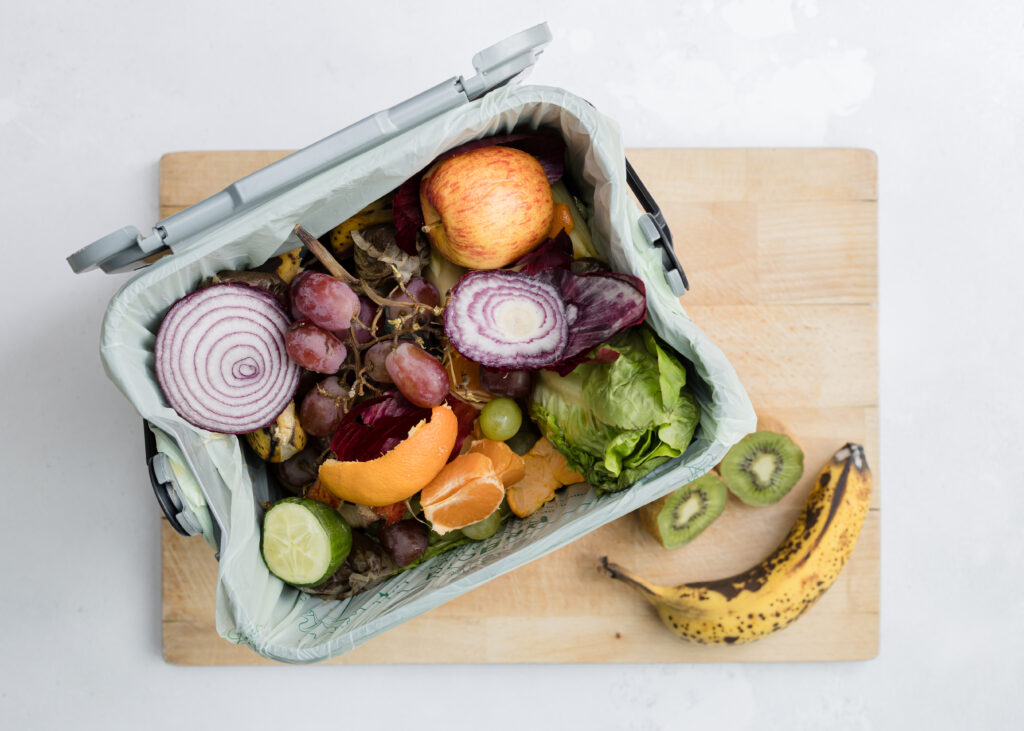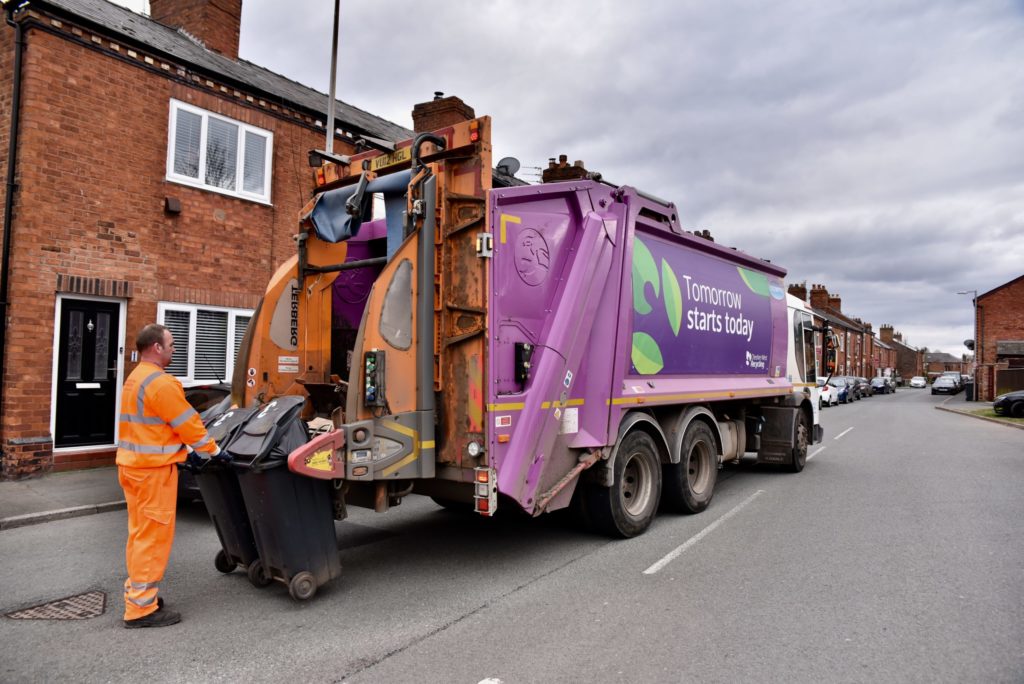There are a variety of recycling stories within Finland. In Helsinki there is the head office for Paperinkerays, www.paperinkerays.fi , a company owned by Finnish forest industry firms which collects recyclable waste paper. Closely affiliated is the Garbage Gang which promotes recycling at outdoor events. A third area of activity is innovation within the paper and packaging sector. A separate article on letsrecycle.com looks at the recycling of liquid board packaging (drinks cartons) by Corenso. But, also in the packaging area, the Huhtamaki company of Espoo, near Helsinki is looking to grow its range of recycled products.
Paperinkerays
Finland has one main paper recycling company which is owned by the paper companies themselves. Stora Enso has a 30% stake while UPM Kymmene owns 23%.
Production director Heikki Melajarvi explains that the company has an 80% market share and has been trading since 1943. The years after the war saw considerable effort made to encourage paper recycling and collectors from youngsters to older people were rewarded with gifts such as toys and cutlery for bringing material in. So successful was this that the paper company was at one time the largest importer of watches into Finland. As Mr Melajarva points out: “One of the reasons for our high recycling rate is that people are used to sorting, the principal has been there for years.”
The achievements of the modern Paperinkerays, which employs 169 people and has a turnover of 54 million Euro meant that the year 2000 was a record year for Finland in terms of recycling. Recovery was 67% at 734,000 tonnes, and up by 2% on 1999. This included successfully meeting a Finnish government producer responsibility target of collecting and recycling at least 70% of newspapers, magazines and offices papers. The growth was largest in newspapers and magazines collected from households and in paper reel wrappers from industrial sources. Most of this material is used as recycled in Finnish paper and board production and represents about 5% of the fibre used by the mills. About 35% of the recycled paper is used in newsprint production, 41% in board (mainly for tube cores) and 19% for tissue products. The mills have been upping their standards and are demanding better quality of material from Paperinkerays which has seen attention paid to the moisture content of paper and ensuring that the waste paper is properly sorted into its correct grades.
Paperinkerays purchases recovered paper from about 200 waste paper collectors, waste management companies such as SITA, as well as commercial and industrial sources.
In Finnish Marks per tonne it puts the cost structure of cardboard or OCC as follows. About 250 Finnish Mark per tonne paid by the company disposing of the waste cardboard to the collector and Paperinkerays pays the collector about 250 FM for it. Then it costs about Paperinkerays 150 FM to process it and about 60 FM to transfer it to the mill. Mills usually pay a price for the cardboard per tonne which is equal to the typical European buying price.
The position is a little different with newspapers and magazines. For these the local authority or company disposing of the material may pay only about 100FM.
Paperinkerays has 10 sorting plants and the largest is outside Helsinki handling a substantial 120,000 tonnes of paper per annum. Built in 1994, the plant is situated on the outskirts of Helsinki and is 60m wide and 150m long. While its collection work sees, for example, some mixed paper sent directly to mills by rail most sorting is carried out at the plant. It has two Lindemann baling presses situated below the floor level and one third of the building is used for storage of bales. Material is divided into three main groups,
News and magazines at one end, corrugated board material in the centre and office paper and offcuts at the other end.
A notable feature of the operation is the use of trucks with trailers to move paper. About 30 tonnes of paper can be transported with the trailer, with collections typically being delivered in to the plant in loads of 4.5 tonnes.
The paper comes to a large extent from multi-compartment containers which are situated at shopping centres. These are for newspapers and magazines, cardboard and mixed packaging. In 2000 of the 560,000 tonnes recovered ( a figure up 13,000 tonnes of 1999), the largest part was newspapers and magazines at 285,700 tonnes, up by 8,700 from the previous year. Cardboard boxes totalled 93,800 tonnes.
The company also produced “recovered fuel” for power plants in Southern Finland and this fuel contains plastics and contaminated cardboard and wood.
Garbage Gang
The UK has the charity Network Recycling to handle recycling at the Glastonbury Festival and other large outdoor events. Its equivalent in Finland is the Garbage Gang www.paperinkerays.fi/roskajoukko, a project organisation with several constituent members sharing its operating costs, and its only permanent employee located at the paper recycling company Paperinkerays.
The Gang collects more than six types of waste for recycling:
1. Biodegradable waste – food waste, uncoated plates, wooden cutlery and serviettes.
2. Coated paper cups and drinks cartons, coated plates.
3. Glass and plastic bottles.
4. Aluminium cans.
5. Paper based packaging material such as old cardboard.
6. Plastics
7. Others (metal etc)
Project leader Pia Vilenius is proud of its achievements.
She says: “At the Tall Ships Race in Helsinki last year we had 500,000 visitors in four days. There were eight restaurants and about 50,000 portions of food were served as well as 80,000 drinks. For all of this disposable tableware was used and this generated about 10 tonnes of waste.”
The Garbage Gang, she explains, was able to collect about 1.5 tons of cartons which were sent for recycling into core production. About 7.2 tonnes of food waste was sent for composting in sealed units. About 1.2 tonnes of miscellaneous waste was sent to landfill. This success in recycling was helped by the fact that recyclable material accounted for as much as 88% of the total waste produced.
One of the reasons for the success of the Gang is the adoption at many events of the use of packaging developed by the Finnish international packaging company Huhtamaki. For events such as the Tall Ships Race, the company's trays used for food were printed with a brown circle reminding the user that the plate could be recycled with food waste. Coated paper cups and cartons were printed with a yellow circle so that they could be collected in a “liquid carton collection” bank.
Huhtamaki
The company is a global consumer packaging specialist and the leader in several segments of rigid and flexible packaging for fast moving consumer goods, food services and fresh foods. Most of its products can be recycled. One example of its range of work is the development by Huhtamaki of a range of trays including the Shopak coated tray.
These coated moulded fibre trays bring a new dimension to the packaging of fresh foods, explains the company. The trays have a special water-based copolymer coating on the surface which helps give it good moisture and grease resistance. As the moulded fibre is a natural raw material, the trays can easily be disposed of or recycled after use and the coating also decomposes naturally. And, state-of-the-art printing technology allows the company to mark relatively small numbers of products for particular uses, such as recycling by the Garbage Gang
Huhtamaki is number six in European flexibles overall but number one in high-performance flexibles and says it doesn't need to participate in the continuing global consolidation in the flexibles arena. The company used to have a variety of brands but plans to change this and everything will be labelled as Huhtamaki.
Environmental matters are an important area for the company, which actually initiated the Garbage Gang project. Group vice president Juha Korppi-Tommola says that it is very important that packaging companies have an eye to the fact that globally waste management disposal costs are expected to raise significantly.
He cites the German market where the collection cost for biodegradable waste is 330 Euros per tonne and 820 Euros per tonne for plastics. This makes a variety of calculations important.
For its customers, Huhtamaki says that the environment is now an issue for everyone in the chain. The company is prepared to help and participate in practical recycling solutions, and has initiated important customer-specific projects to this effect. As well, its offering of biodegradable packaging alternatives will expand significantly.











Subscribe for free